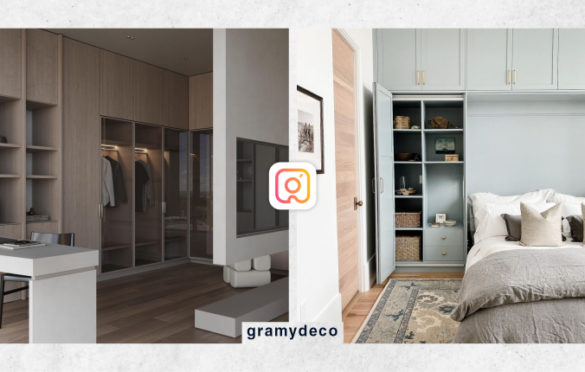Many of us live in homes where having spaces that serve more than one purpose would be a great advantage. These spaces could have dual or even multiple uses. Especially for those of us dealing with limited space, it’s crucial to utilize every bit effectively to ensure a comfortable living. Let’s explore multifunctional spaces further to understand how they can benefit you.
Traditionally, homes were designed with separate rooms, each dedicated to a specific function: a kitchen for cooking, a dining room for meals, a living room for leisure, and a bedroom for rest. However, in today’s world, space is a precious commodity, especially in cities or crowded areas. We’ve had to adjust our way of living, aiming for one area to serve multiple purposes. In simpler terms, a multi-use space means a section (or sometimes the entire) of your home is designed to fulfill more than just one function. These spaces are highly adaptable and can be customized to meet various needs and activities, making them a popular choice in modern architecture and interior design.
Multifunctional spaces are like the superheroes of the design world, offering a multitude of advantages. They excel in using every nook and cranny efficiently, saving you both space and money. This is like having a ‘two-for-one’ deal in the world of interiors. They truly shine in places where space is a luxury, proving to be the ultimate space-saving, cost-effective, and functional solution. Here’s a closer look about multifunctional spaces:
Versatility
At the heart of multifunctional spaces lies their adaptability. These spaces are made to cater to a diverse set of activities and needs, whether it’s working, unwinding, entertaining, storing items, and much more. Achieving this flexibility is made possible through furniture that can be adjusted, design that can be modified, and a smart approach to utilizing available space.

Space Optimization
Multifunctional spaces come to the rescue in places where space is either restricted or comes at a premium cost, like in city apartments or compact homes. These spaces excel at optimizing what’s available, ensuring they’re not only practical but also cozy and appealing, even in a limited area. It’s all about making the most out of every inch without compromising on comfort or how good it looks.
Furniture and Fixtures
Transformable furniture and fixtures are key ingredients in creating multifunctional spaces. They’re like the magic trick of this design concept. Picture sofa beds, wall beds, desks that fold out, and dining tables that extend or neatly tuck away. With these pieces, a room can swiftly switch roles – from a living room to a bedroom and back, like a quick-change artist of the home.

Storage Solutions
Multifunctional spaces are the masters of tidiness. They bring in smart storage solutions that help maintain a sense of order and keep clutter at bay. Imagine built-in shelves that blend seamlessly, secret compartments that hide away belongings, or modular storage units that can be rearranged like building blocks to suit whatever you need to stow away. Neat and organized, even in the midst of multitasking.

Technology Integration
Welcome to the modern age of multifunctional spaces, where technology is the supporting star. These spaces often integrate smart home systems, seamless sound and lighting setups, and adaptable power outlets. It’s all about boosting functionality and making life more convenient. Imagine the lights adjusting to your mood or needs, the sound following you seamlessly from one corner to another, and power always available just where you need it. That’s the magic of technology in a multifunctional space.

Aesthetics
While multifunctional spaces are champions of practicality, they never compromise on looks. Interior designers wave their magic wands to ensure these spaces aren’t just about utility but also a treat for the eyes. Picture a smooth transition from a cozy reading nook to a sleek workspace, all while maintaining a consistent, pleasing aesthetic. It’s the art of making functional look fabulous.

To sum it up, multifunctional spaces are the chameleons of design, effortlessly adapting to various roles within a confined space. They’re born from the evolving demands of contemporary living and are gaining widespread popularity, gracing both homes and commercial establishments. Their ability to flex and optimize efficiency marks them as a precious gem in the realm of design, perfectly suited to our dynamic modern lifestyles.

